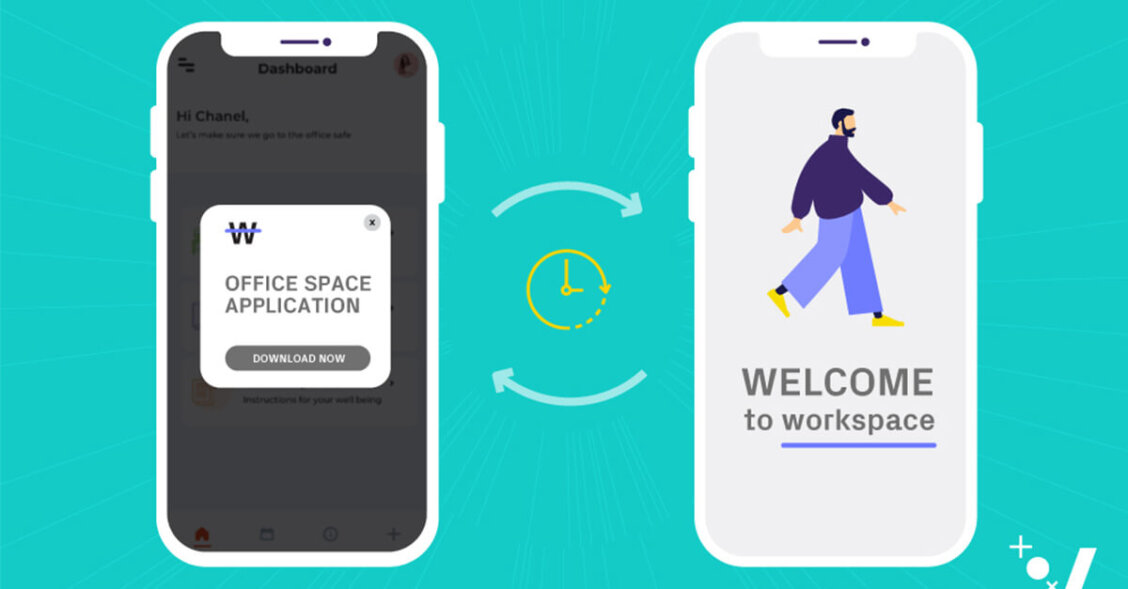
What Is SKAdNetwork and How Does It Impact Mobile Marketing?
Apple has been steadily moving the industry at large toward a privacy-centric mobile advertising experience for years. Though Limit Ad Tracking, which originated in iOS 10, will be enabled by default as of iOS 14.5. In 2021, Apple announced that it would begin enforcing the use of the App Tracking Transparency framework, which requires developers to receive consent to track users’ data after informing them how that data will be used. SKAdNetwork is the final piece of Apple’s privacy puzzle, but what is it, and how is it different from what advertisers are used to? Read on to learn more.
What is IDFA?
To understand how SKAdNetwork changes the mobile ad landscape, it’s important to review what it was designed to replace. The Identifier For Advertisers (IDFA) is a random identifier Apple assigns to individual mobile devices. Previous to iOS 14, advertisers could use IDFA to measure ad performance and serve personalized ads. As of iOS 14.5, advertisers need the user’s consent to collect data, as well as inform them about how they’ll use it. IDFA was also used for ad attribution, but now, unless a user opts in to IDFA, it can’t be.
What is SKAdNetwork?
SKAdNetwork (“SK” stands for StoreKit) is Apple’s privacy-focused alternative to campaign measurement. SKAdNetwork facilitates interaction between three distinct entities that each play different roles in the mobile advertising transaction: the ad network that signs and delivers the ad, the app publishing the ad, and the app being advertised. Each of these players has a specific set of responsibilities:
- Ad networks have to register and provide their ID to developers, provide signed ads, receive install validation, and verify the postbacks.
- The publishing app has to integrate the network ID and display ads the network provides.
- The advertised app has to provide app install validation and, optionally, update a conversion value.
Apple removes any user- or device-level information from conversion data before sending it on to the ad network.
Why does it matter?
SKAdNetwork has been around since 2018 and was originally positioned as an alternative to traditional ad attribution methods. Advertisers were content to stick with the established systems and were slow to move to SKAdNetwork. That changed as of iOS 14 when Apple made Limit Ad Tracking (LAT) enabled by default, and announced it would begin enforcing App Tracking Transparency (ATT). Simply put, unless a user gave informed consent for their data to be used for tracking purposes, SKAdNetwork became Apple’s intended way for advertisers to attribute installs to the originating campaigns.
What are SKAdNetwork Conversion Values?
Advertisers can assign a Conversion Value for up to 63 different values (Apple automatically assigns a value of 0 to installs). When a user clicks an ad and installs an app, a 24-hour postback timer starts. Each time the user completes an in-app action with a Conversion Value higher than the last one, the timer resets — that’s why the install is automatically valued at 0. When the timer finally reaches zero, a postback with the install and the highest valued action completed by the user is sent to the ad network. It’s also important to note that “The postback may include a Conversion Value and the source app’s ID if Apple determines that providing the values meets Apple’s privacy threshold.” Apple does not disclose what that threshold is.
Also Read: What Is App Tracking Transparency (ATT) and How Does It Affect Mobile Marketing?
The drawbacks of SKAdNetwork
When it comes to protecting users’ privacy, SKAdNetwork is a home run, but that doesn’t mean it’s not without its problems. To start with, its results are aggregated, and they lack the kind of granularity that’s most useful for personalizing campaigns. Advertisers also don’t have direct access to the data, only the ad networks do, making it a challenge to tweak campaigns in real time. It also means that less than scrupulous ad networks have ample opportunity to defraud advertisers. Even if the network is on the level, SKAdNetwork doesn’t currently support deep linking and only considers downloading as attributable activity.
Equally challenging is how SKAdNetwork handles Conversion Values. If a user downloads an app but doesn’t open it for a day, the timer runs out and the advertiser gains no insight into any in-app activity. Even if they do open it within the 24-hour window, only one conversion value, the highest, will be sent to the ad network. Advertisers will have to be very careful with how they assign values to ensure they receive the down-funnel insight they need.
Another challenge is that SKAdNetwork only allows 100 different campaigns per ad network. While not insurmountable, the limit does mean mobile marketers will need to make informed choices about how best to optimize their allotted campaign variant budget.
How Vungle can help
The arrival of SKAdNetwork constitutes a dramatic shift in how modern mobile marketing functions, and has the potential to invalidate existing mobile growth methodologies. Thankfully, Vungle can help. By enriching our mobile advertising platform with the detailed contextual data of GameRefinery and the powerful predictive intelligence of AlgoLift, Vungle is uniquely positioned to provide post-iOS 14 ad performance above and beyond what other mobile ad networks are capable of.
Also Read: What Is Contextual Ad Targeting?
Vungle advertisers are able to use a collection of highly specific marketing signals not available anywhere else and use that information to predict future value and optimize user acquisition campaigns. Our combination of Ad Intelligence and automated bid management makes Vungle the perfect growth partner for the post-IDFA landscape.
Contact us to learn more about how Vungle can help you achieve your mobile marketing goals in the era of ATT.